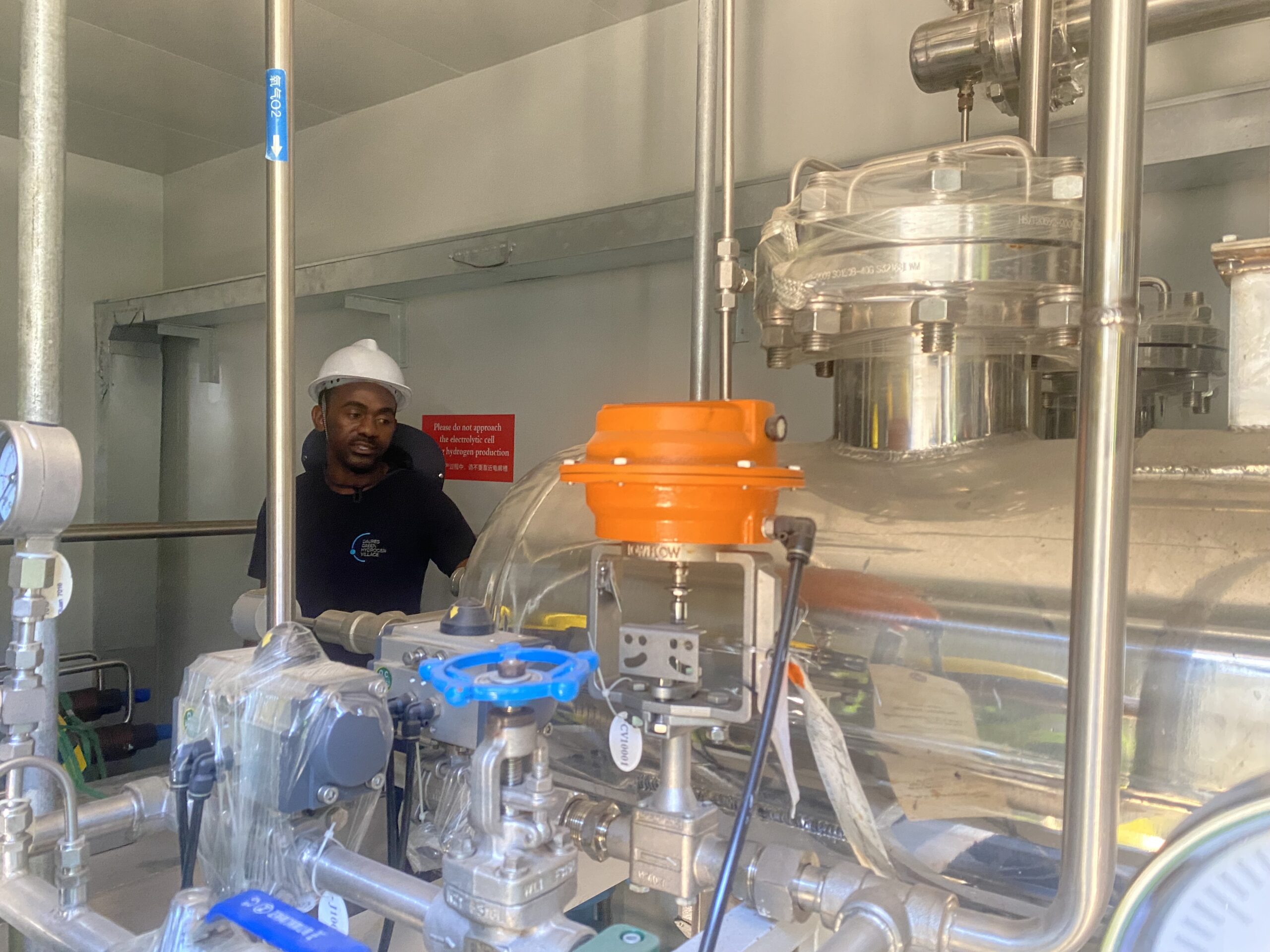Namibia's Daures Green Hydrogen Village: Leading the Green Fertiliser Market
Key Ideas
- Daures Green Hydrogen Village aims to boost the domestic economy by exporting 352,000 tonnes of green fertiliser next year.
- The project's hydrogen output has significantly increased, and ammonia production is set to rise exponentially.
- Endorsed by UNIDO, the project is positioned to produce green fertiliser on a large scale, meeting global demand for sustainable agricultural solutions.
- DGHV plans to develop a 100-megawatt fertiliser production facility to produce over 180,000 tonnes of hydrogen and one million tonnes of green ammonia.
The Daures Green Hydrogen Village (DGHV) in Namibia's Dorob National Park is a pioneering project aiming to make a significant mark in the global green fertiliser market. The project has seen considerable progress with its pilot phase, focusing on hydrogen and ammonia production. With plans to scale up to commercial production, the initial phase has shown a remarkable increase in both hydrogen and ammonia output. The recent endorsement from UNIDO adds further credibility to the project's ambitions. The vision includes a 100-megawatt fertiliser production facility that will solidify Namibia's position as a key player in the international green fertiliser market. The project emphasizes sustainability and innovation, utilizing green hydrogen and nitrogen to produce clean ammonia with minimal carbon footprint. George Hamukoshi, a mechanical engineer at DGHV, highlights the essential role of ammonia in various industries, including mining and agriculture. The project's commitment to creating green ammonia sustainably showcases a step towards a more environmentally friendly future.
Topics
Installation
Renewable Energy
Green Economy
Sustainable Development
Agriculture
Industrial Innovation
UN Endorsement
Export Industry
Project Milestones
Latest News
